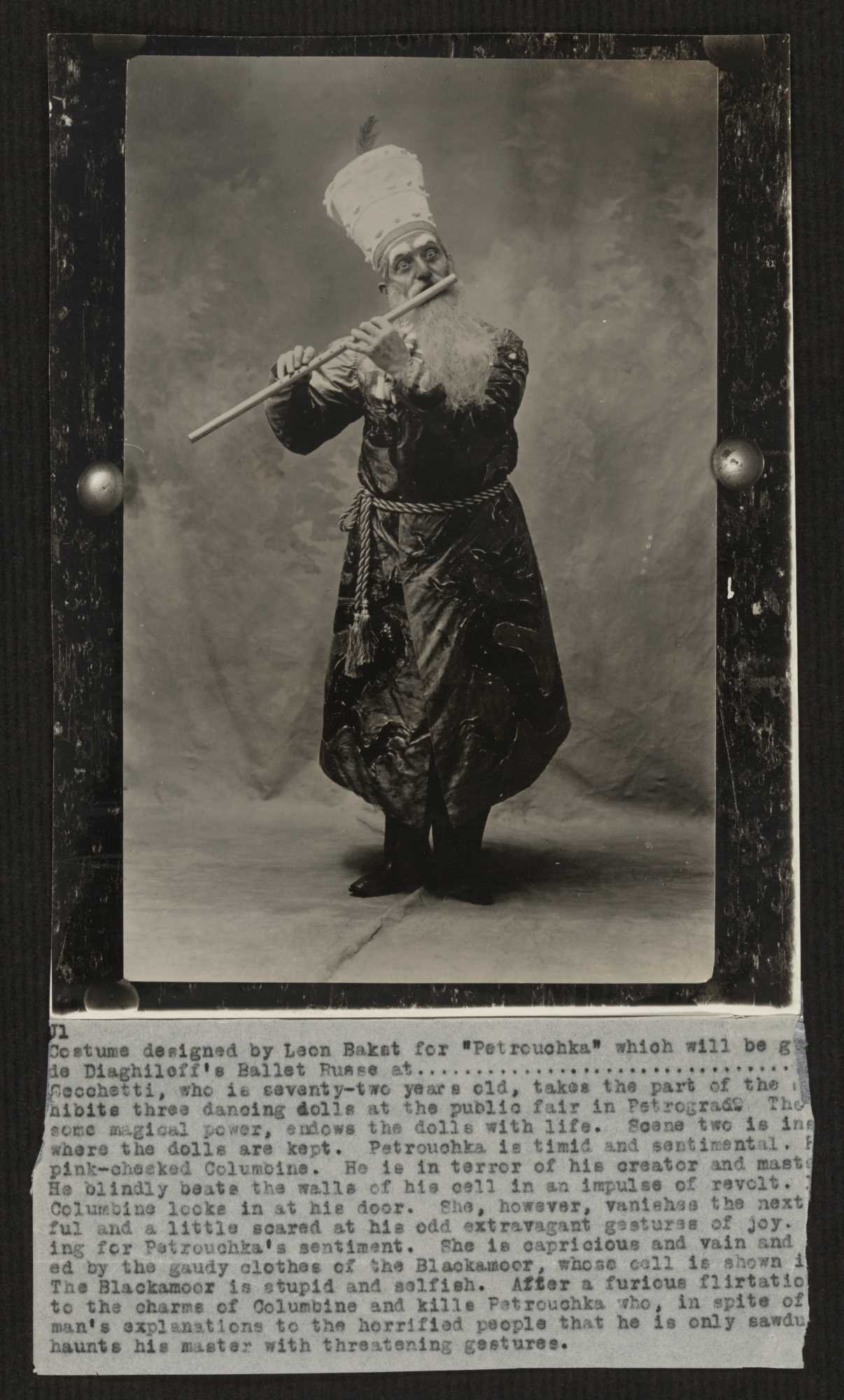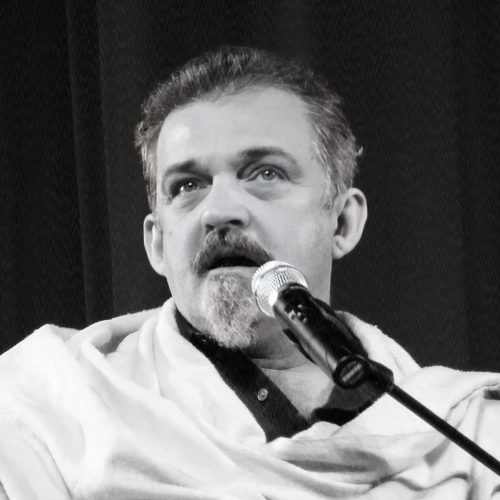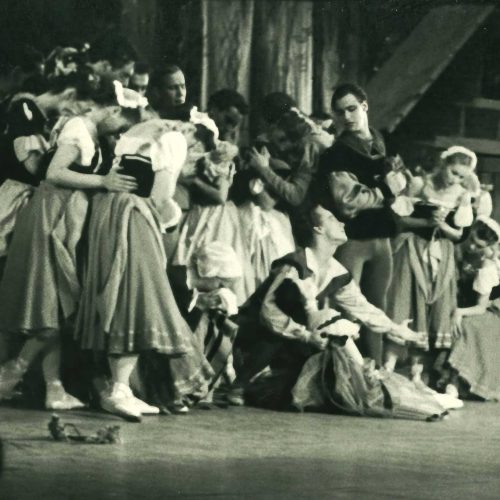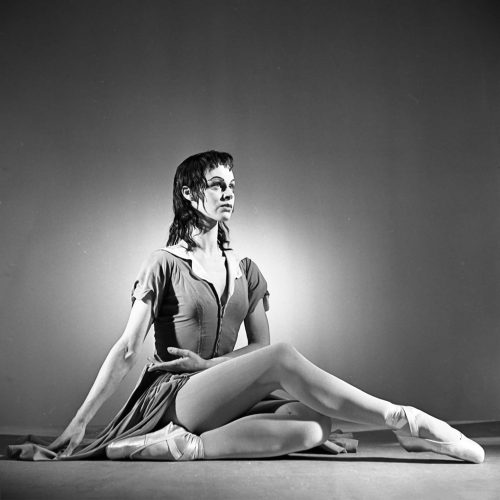Serge Diaghilev’s Ballets Russes (1909-1929)
That Serge Diaghilev believed in Russian art and its spirit can never be doubted. His company, the Ballets Russes, exploded every myth about dance. From its start at the specially redecorated Théâtre du Châtelet on 19 May, 1909, until his and his company’s death in the summer of 1929, every conceivable artistic development had been reflected in its repertoire, which was choreographed and danced by an unequalled galaxy of balletic genius, leaving a glamour and legacy without rival even today. The company was originally made up of dancers on summer leave from St Petersburg and Moscow, including Tamara Karsavina, Anna Pavlova, Vaslav Nijinksy and Adolph Bolm. They danced new works choreographed on them by Mikhail Fokine. The fin du siècle world of Marius Petipa was challenged and replaced by a series of one-act ballets in which costumes, décor, music, lighting, dance and mime formed a colourful dramatic whole. On Diaghilev’s invitation the young Igor Stravinsky composed The Firebird, Petrushka and The Rite of Spring in quick succession. For The Rite of Spring Fokine was supplanted by Nijinsky as choreographer – a vivid example of Diaghilev’s ruthlessness in the pursuit of his artistic ambition. As a result of the First World War and the Russian Revolution, the company was marooned in Western Europe. This subsequent period was dominated choreographically by Léonide Massine, Bronislava Nijinska and George Balanchine successively. Léon Bakst and Alexandre Benois as designers, gave way to the likes of Pablo Picasso and André Derain, though Stravinsky remained. Surviving a financial disaster with The Sleeping Princess (Petipa’s The Sleeping Beauty) in London in 1921, the company eventually settled in Monte Carlo, where it worked until Diaghilev’s death. Beneath all the changes and triumphs – and the occasional failure and titanic rows – the personality of Diaghilev was the company’s constant animating, artistic and cultural force.
The banner photograph is of the 1909 ballet Les Sylphides, choreographed by Mikhail Folkine, designed by Alexandre Benois was taken in 1911 when Diaghilev’s Ballets Russes were in London for the coronation of King George V. This picture, taken in 1911, was reproduced in Ballet Panorama: An Illustrated Chronicle of Three Centuries (A.L. Haskell 1938). Wikimedia Commons




